LGBTQ Soireé
Growing up, my closet had a glass door — everyone knew I was gay. I stayed inside it anyway. It was the 2000s. I lived in a Republican household, and although California is a progressive haven for so many, being a queer teen was not cute.
When classmates weren’t relentlessly making fun of me, others took pity and tried to correct how I walked. Or how I talked. It felt like an era of sameness: Abercrombie and American Eagle ruled. All the kids on television were white, and that was mostly true at my school, too. To fit in meant to embody a specific archetype that I desperately wanted but knew I’d never be. I was greasy and weird; I couldn’t dress myself; I didn’t have jock friends or look like one either.
I tried to fit in anyway. I joined rowing and water ski team — amid, of course, symphony, yearbook, theater, and dance.
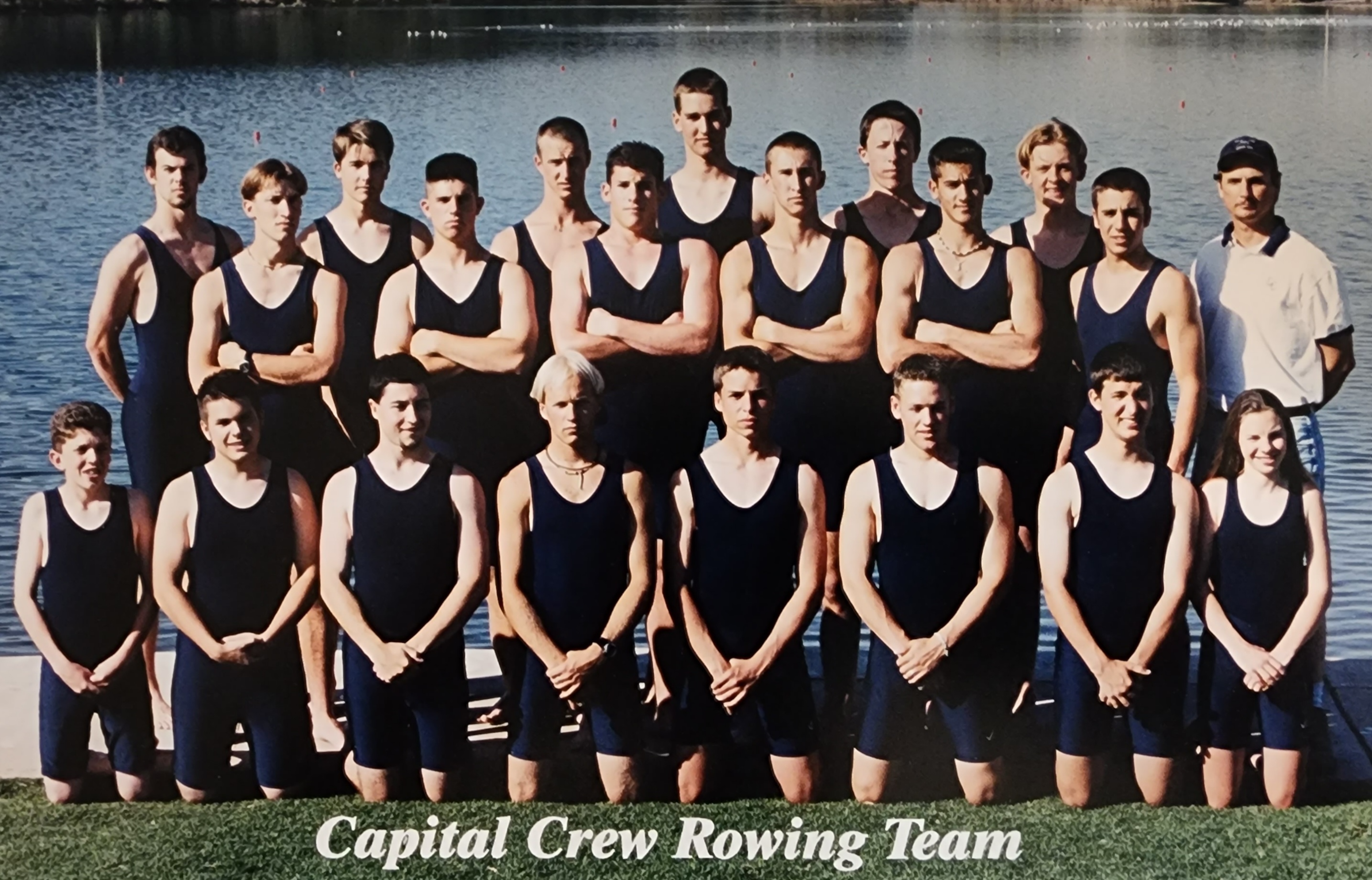

I also had girlfriends. Beards. Well, one in particular; we met in photography class and I guess needed dates for school formals. She was a year older, so I went to hers when it was her turn, and she to mine until she graduated. We never talked about my orientation, but it was clear she was into me.
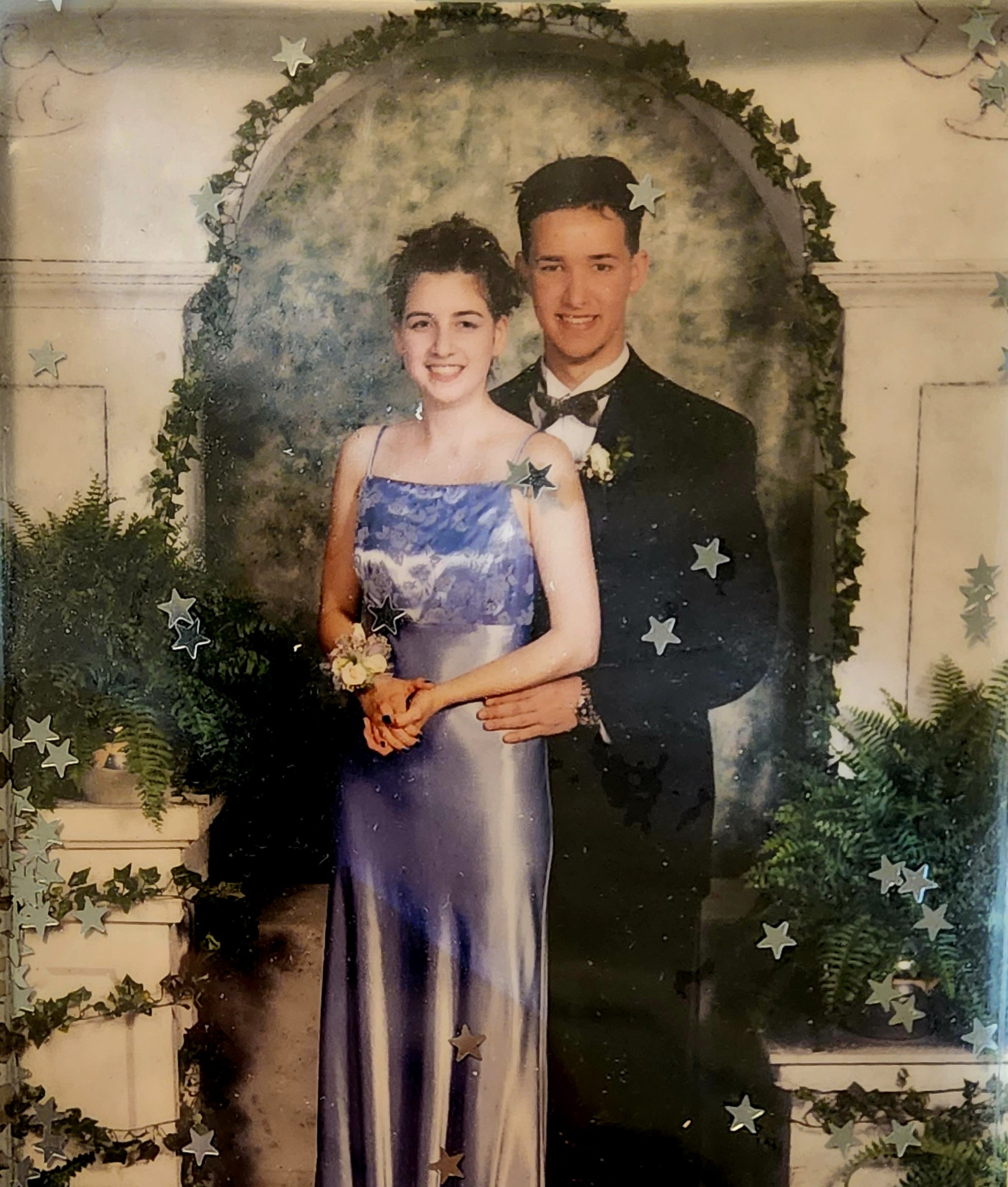
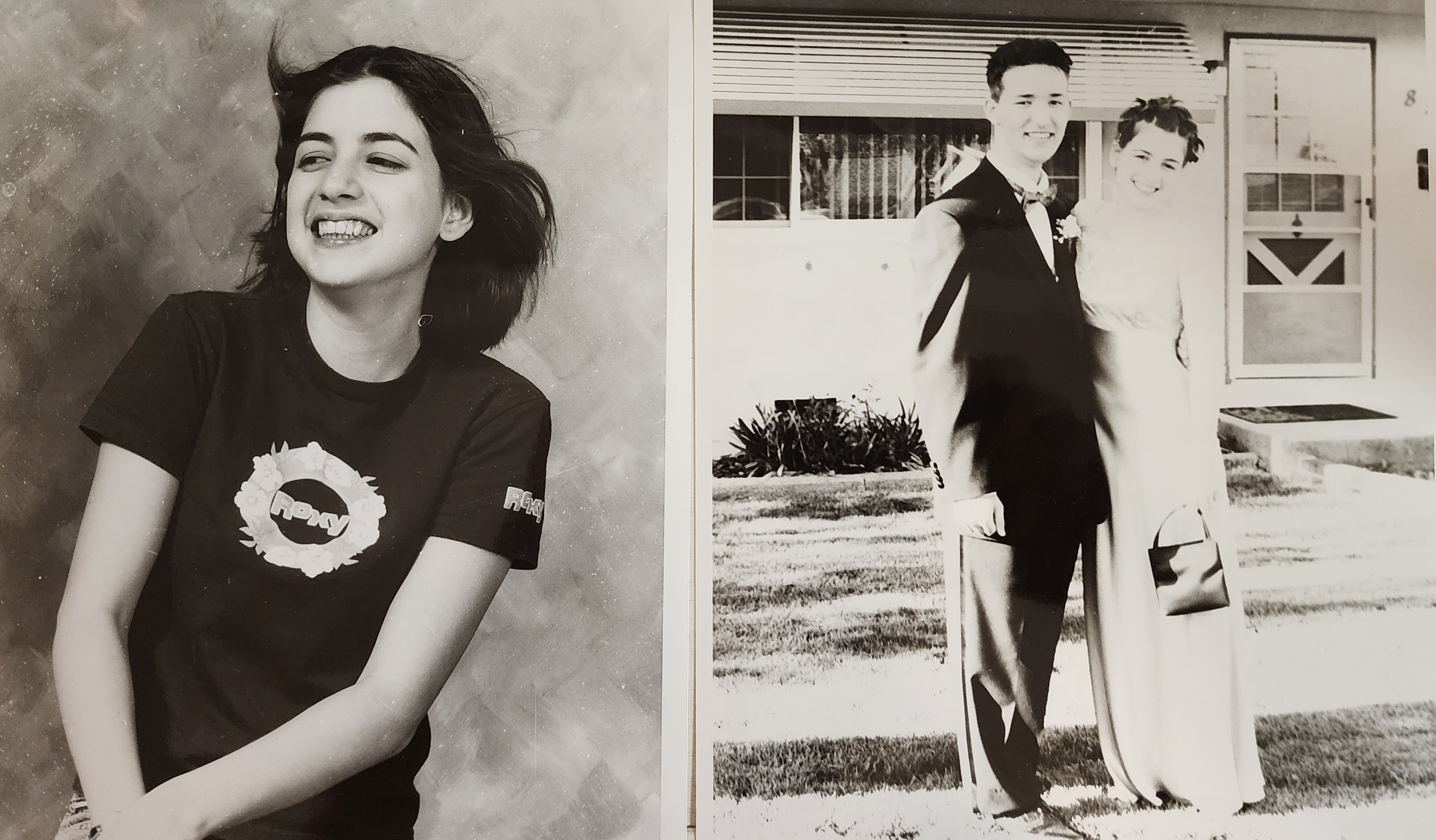
It’s hard to imagine today why I lied, except that I felt ashamed. Malformed. This attraction to boys that I felt since day one of puberty felt like a mistake. At home, my mom sought clues I was gay that of course she found, and I denied. Intense neurosis and guilt followed; mine, not hers.
I’m not sure queer experience is so different nowadays. My family and friends all accept me, but I live in a self-selected bubble of queer people, artists, and occasional allies. A lot of straight people are tolerant of who I am, but they also live in their own cohorts without members of the LGBTQ community. Then of course there’s intolerance: At The Bold Italic, we published a story in support of drag shows, and someone replied with “based on evidence,” increased criminal behavior went down when these performances happened.


Likewise, I post photos of me in dresses and people celebrate them, but others reply with “gross” or tell me Jesus can save me. In a broader context, the list goes on and on: Florida now bars discussion of sexual orientation in classrooms. Montana just banned queens from reading to kids, a move that trailed behind Tennessee, the first in the U.S. to stop drag performances near children. Coming out does not feel easier nowadays.
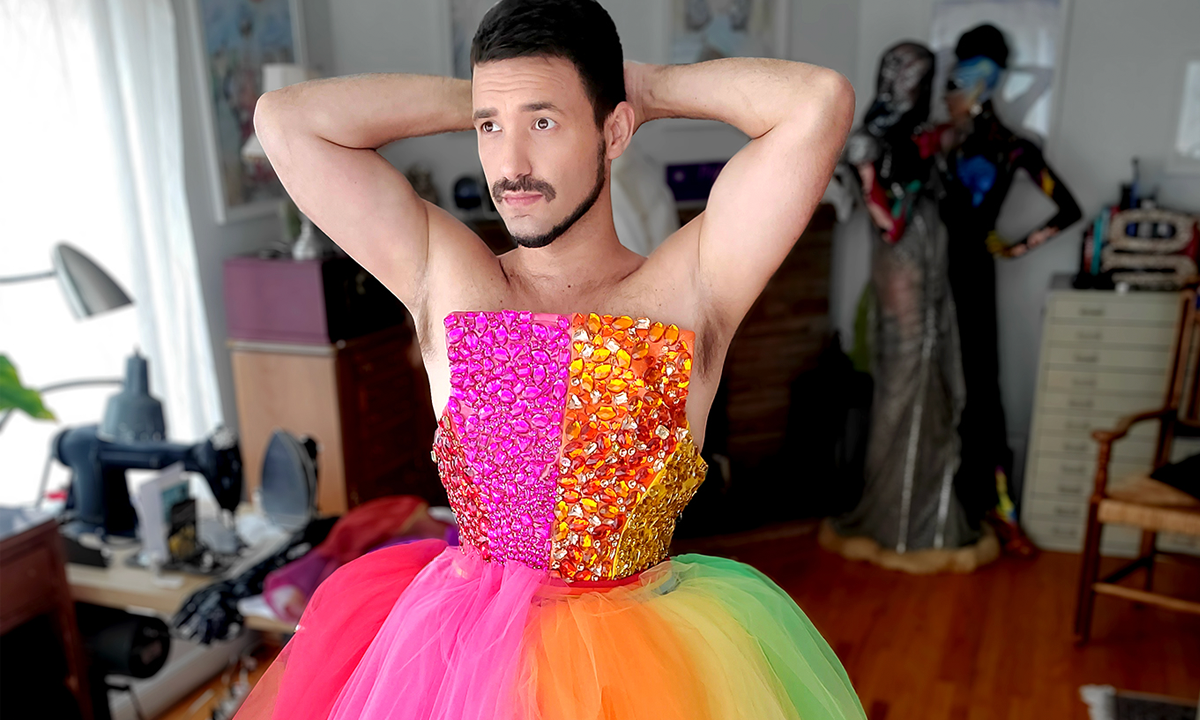
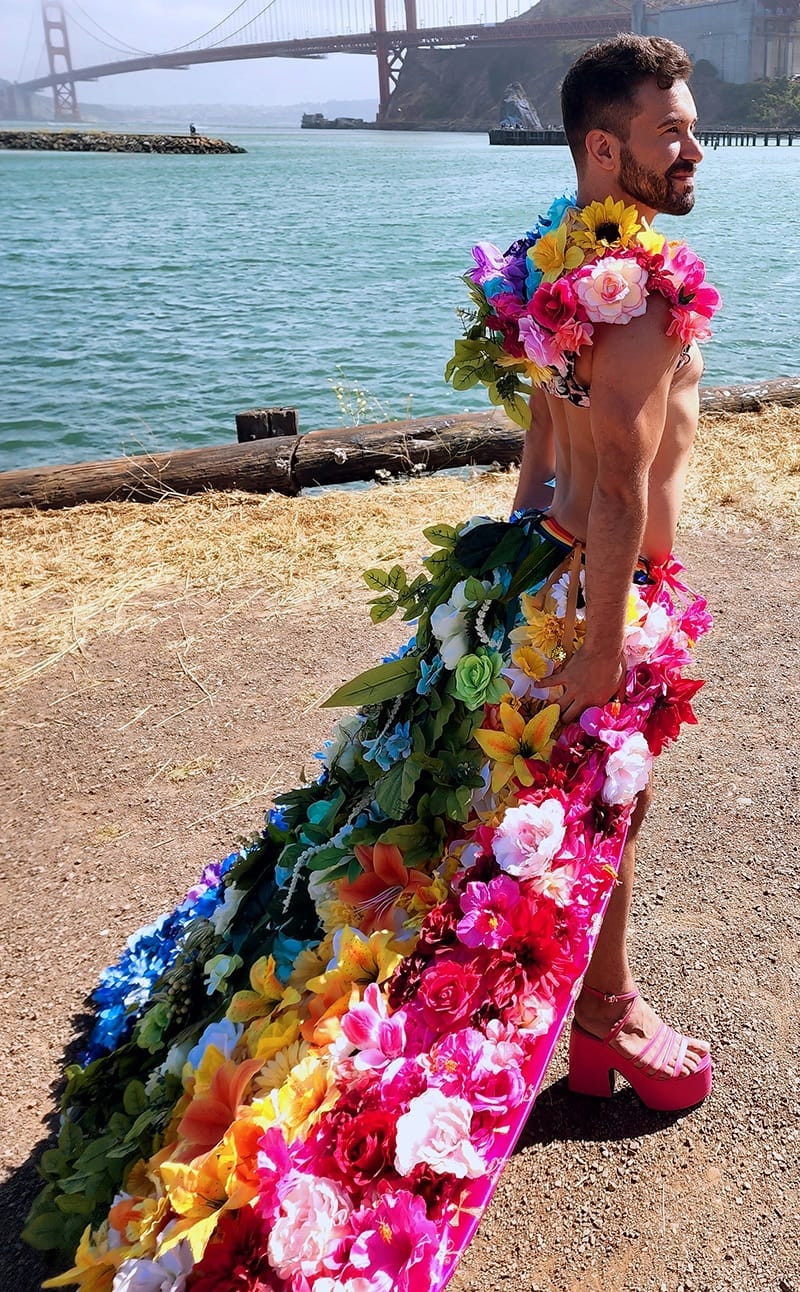
I still love wearing dresses. Even as a teen, I dreamed one day I would marry in a strapless white or cream gown, and not done up in drag but just me: an effeminate man in a dress, standing next to a groom in a classic black tux. I live in a special place to don such frocks; in San Francisco, people admire my bravery and fawn over my designs. Dads introduce their little girls who are in love with the sparkles. But others also comment “nice costume” — it isn’t normal to see a man in a dress, so there must be a reason or occasion.
Prom is one of those moments I want to do again. Sure there’s a reason to put on these outfits — it isn’t your everyday attire. But it’s also a normal rite of passage for straight kids to ask someone they like, get dressed up, hold hands and dance.
For a boy to wear a dress in 2023, he’s still making a statement; a protest. I’d be lying if I said I’d do it all over differently as a teenager, ask a boy and throw on a gown. I was not as brave as Dalton Stevens, a Tennessean teen who did that in 2021 and was then harassed while taking photos with his boyfriend.
But I am a man who would do that today, and I’ve been him for nearly a decade. I wear dresses all the time: to the ballet and opera, when I met the mayor, to family Thanksgiving. When a gay bashing was reported at a bar in the Marina, I staged a gay takeover. When mom asked I “tone it down” for the holidays, I showed up in all pink.
I think for awhile the loud choices were meant as a protest, but eventually I realized I look really good like this, and I like who I am.
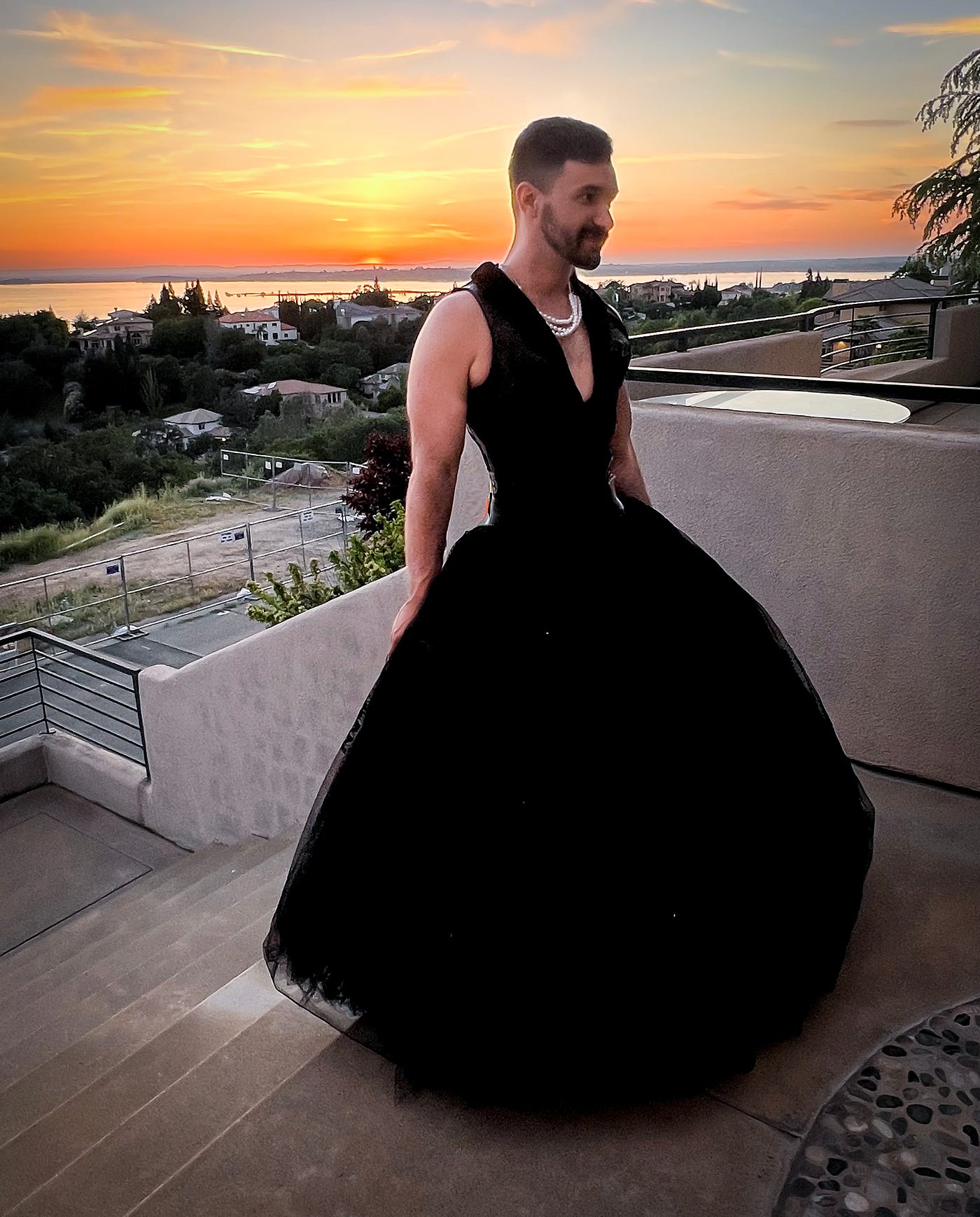
Pride celebrations for many years have been lamented as free parties for straight teens and as branded holidays for corporate America. But amid all the current tension around sexual identity and self expression, I think it’s important to just show up anywhere right now and be authentically you. So while I wouldn’t rewrite history with my school formals, I am grateful for second chances.
Impulse San Francisco belongs to an international nonprofit that organizes LGBTQ events and educates our community on causes that resonate with us. Pre-pandemic, I remember the local chapter for interview videos with porn stars. Nowadays, they put on a plethora of radically inclusive and family-friendly activities. They hosted me and two other designers last year in perhaps the most diverse fashion show I’ve ever seen, featuring people of color, disabilities, plus sizes, gender identities and ages.
When they approached me to close the show, I immediately suggested they organize a prom, too.


Making dresses for it allowed me to reflect on this time-honored dance, why it matters to me, and how lucky we are to live in a city that acknowledges and revels in so much self expression.
Cinderella is a common film that replays in my mind as I’m stitching together hundreds of yards of tulle; a fantasy whose song says, “If you keep on believing, a dream that you wish will come true.” I disagree — no one showed up and blessed me with today. It took a lot of determination to claim the reality I wanted. And in Pride month, if not all year, I hope more will do the same.
Saul Sugarman is editor in chief of The Bold Italic.

The Bold Italic is a non-profit media organization that’s brought to you by GrowSF, and we publish first-person perspectives about San Francisco and the Bay Area. Donate to us today.







